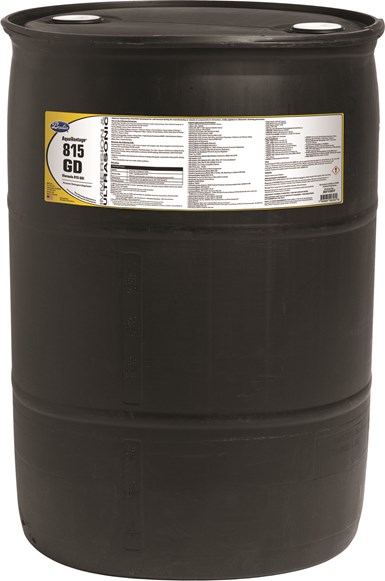BHC's Range of Precision Cleaning Solutions Designed for Sustainability
BHC's Aquavantage aqueous detergents enable improved parts cleaning and degreasing, broad material compatibility and is said to reduce costs.
#surfin #sustainability
Edited by

BHC’s Brulin line of cleaners provide safer solutions for aerospace manufacturing and maintenance facilities, and are supported by BHC process specialists. The company also has a line of Aquavantage aqueous detergents, which enable improved parts cleaning and degreasing, broad material compatibility and are said to reduce costs. It also has a range of solvent cleaning options for aerospace. These cleaning solutions were developed in consideration of the user’s soil, equipment and substrates, BHC says.
BHC Inc.|317-797-1209|bhcinc.com
RELATED CONTENT
-
Defects in Hard Chromium Deposits Part I: Causes and Cures
The causes of and remedies for defects in hard chromium deposits are explored in the first of this two-part P&SF article from 1984. Photomicrographs and SEM (scanning electron microscope) photographs will illustrate that most defects in various hard chromium deposits arise from defects in the basis metal. These defects may be in the original metal surface or may be caused by preplate finishing. Homogeneous hard chromium deposits can be produced only by eliminating these defects. Practical suggestions and procedures will be given.
-
Direct Copper Metallization of Aluminum: Elimination of Zincate
This article discusses the development of a new copper plating bath that can deposit high ductility copper metal directly on a wide range of aluminum alloy substrates. The process is particularly important for general metal finishing companies looking to plate aluminum parts for aerospace industry.
-
Aluminum Surface Finishing Corrosion Causes and Troubleshooting
In this paper, a review of several process solutions, examining coolants, solvent cleaning, alkaline clean/etch and deoxidizing/desmutting, listing intended and unintended chemical reactions along with possible mechanisms that would favor corrosion formation.















